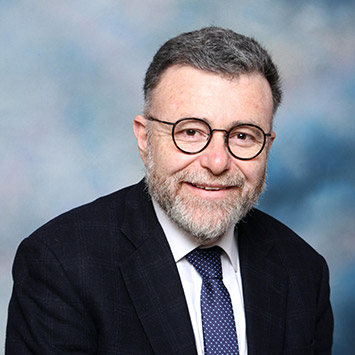Opinion piece appeared in the June 7, 2021 Hill Times Policy Briefing on the environment.
Achieving Canada’s climate action and GHG emission reduction goals will be challenging.
It will require a diversity of options, existing and emerging ones.
There is a need to bring to bear all technology options – renewables, nuclear, hydrogen and more. We need all of them to be successful. This is not a question of renewables versus nuclear – it is a question of using both, and indeed, using nuclear alongside renewables in markets where renewables alone are not viable.
In Ontario, for example, we have seen what diversifying the energy environment can accomplish. In the 1950s, Ontario chose to diversify its sources of electricity production by partnering with AECL to pursue the development of nuclear technology. Several decades later, when oil and coal became too costly and detrimental to the environment, Ontario had the choice to transition away from these sources.
To reduce today’s emissions across Canada and get to net zero, we will require new clean energy production to meet electricity demand, including increased demand from electrification. We will also need to reduce emissions for resource extraction, enable carbon capture, and support reducing fossil fuel use in the transportation sector. All of this means more clean energy will be needed.
Nuclear reactors and small modular reactors (SMRs) are technologies that do not emit greenhouse gases. Canada’s existing nuclear fleet of 19 reactors produces roughly 15 per cent of the country’s electricity supply, and represents more than 60% of Ontario’s electricity generation.
These reactors work alongside hydro and renewable production to bring more than three quarters of the country’s emission-free electricity to the grid. Nuclear power is integral to Canada’s performance today and will be integral to meeting our climate action goals going forward.
Research and development undertaken by Canadian Nuclear Laboratories (CNL) and other organizations in Canada has contributed to the ongoing, reliable operation of our current fleet and their refurbishments. CNL’s experience and expertise is now being used to support the emergence of SMRs and advanced nuclear technologies in Canada.
Beyond applicability to the existing grid which is being contemplated in several provinces (Alberta, New Brunswick, Ontario and Saskatchewan recently signed an MOU pledging to collaborate on the advancement of SMRs as a clean energy option), SMRs offer non-emitting energy options in new markets such as mining and remote communities. As such, they position Canada to be at the forefront of addressing energy security and carbon reduction imperatives in markets that have historically had limited options.
Today, Canada is amongst the leaders internationally in advancing SMRs, with the promise of important economic opportunities in being early to market.
With the recent announcement by the Canadian Nuclear Safety Commission that Global First Power’s application for a Licence to Prepare Site for an SMR project at the Chalk River Laboratories is moving into formal licence review, we are one step closer to bringing SMRs to market in Canada.
The climate crisis demands action now to mobilize existing technologies, and it demands action now to mobilize the technologies of tomorrow. Both are necessary, and neither alone is sufficient. To avoid an energy supply crunch, we will need diversity of options: not just hydro, nuclear, wind and solar, but also an optimum mix of different designs of each of these to allow us to adapt to unforeseen events.
In the fight against climate change, all options should be on the table.
Fred Dermarkar is President and CEO of Atomic Energy of Canada Limited (AECL). He joined the Crown corporation in February 2021, after spending 40 years in the Canadian nuclear sector.
AECL is a federal Crown corporation with a mandate to enable nuclear science and technology and to protect the environment by fulfilling the Government of Canada’s radioactive waste and decommissioning responsibilities.

